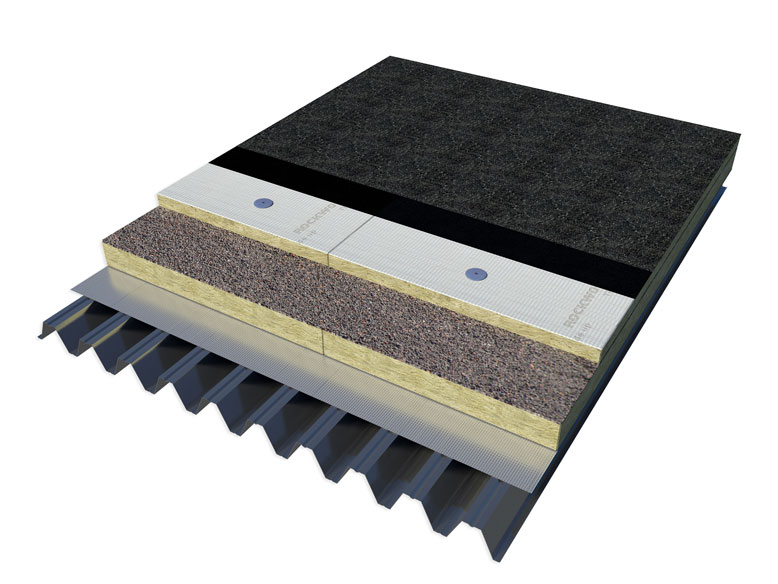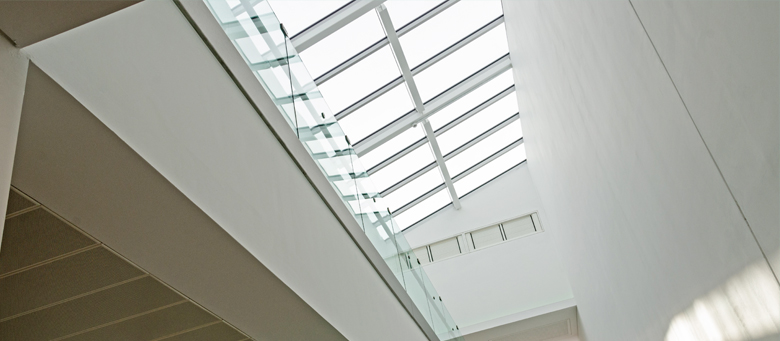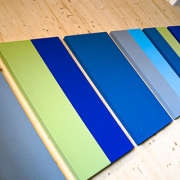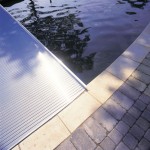The silent scream
Juliet Woodcock talks to Paul Barrett, Product Manager at ROCKWOOL Ltd, about acoustic issues in commercial and educational buildings.
These days within my local library, there seems to be no issue regarding offering overspill space to the neighbouring crèche and play group, gathered in loud restless circles containing a dozen or more exuberant infants. However, there was a time when such municipal facilities demanded a peaceful environment for reading or cultural enrichment, while the stern voice of a librarian calling “Quiet please!” quelled noise in an instant.
Intrusive noise coming from without as well as within is a fact of modern life, though fortunately, there are companies out there that do care about creating a peaceful environment for us to live, work or learn in, as Paul Barrett – Product Manager at Rockwool, explains: “Acoustics in commercial and educational buildings matter. It’s imperative that ambient noise is kept as low as possible to minimise intrusion and distraction in these environments. It’s no surprise that studies consistently show that quieter classrooms and workplaces achieve better results. Unfortunately, a large number of schools and office buildings in the UK suffer from poor acoustics.”
Paul Barrett asserts that the most serious issue regarding poor acoustics is caused by flanking transfer, and went on to explain: “The noise is transmitted indirectly via paths such as external wall cavities, voids above partitions and internal corridors, or where there are problems of excessive reverberation within the rooms themselves.”
But it is not just the internal environment that should be considered when trying to improve a building’s acoustic performance. Indeed, when refurbishing or specifying a new school or commercial premises, plans to reduce the noise from outside from wind, rain, hail and traffic, as well as playgrounds and sports centres should be included.
Stone wool insulation is renowned for its excellent acoustic properties, its open fibrous structure making it ideal for absorbing and regulating noise in the building for the lifetime of the property.
Paul Barrett continues: “It is also incredibly versatile, with products and systems available to suit a wide variety of building applications. These include metal and standing seam, flat, green and pitched roofs; ground, exposed and separating floors; internal partitions and separating walls; fire protection and fire stopping; HVAC and masonry cavity walls.
“Fully tested to meet the rigorous demands of today’s legislation, stone wool insulation solutions are proven to reduce ambient, impact and reverberation noise in educational and commercial buildings.”
Utilizing ROCKWOOL’s HARDROCK® Multi-Fix (DD) product on a flat roof, for example, as a 0.25W/m2K single layer or 0.18W/m2K dual layer, mechanically fixed roof solution can provide an acoustic performance of Rw 35dB (single) and 39dB (dual layer) and Class C sound absorption. HARDROCK® Multi-Fix (DD) also provides an impressive fire safety rating as a flat roof board insulation with a Euroclass (A1) non-combustible fire classification and LPCB approval (LPS 1181: Part 1 (Ext-A).
My local library was the last bastion of peace and quiet in my town; I used to know I could go there and get away from other people’s noise – including my adorable nephew’s teething tantrums. I would feel rested there, browsing through books, and in the early days of my journalistic career, going through the micro-fiche with the librarian to order tomes for research that would arrive up to six weeks later pre-Internet days ….. Good acoustic insulation in buildings is vital to our health, our capability to work and learn.














Leave a Reply
Want to join the discussion?Feel free to contribute!